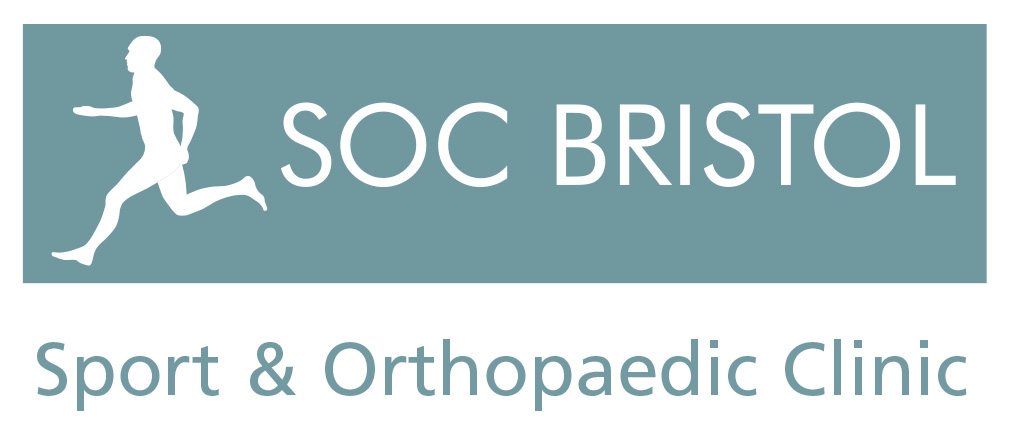Shoulder steroid injections / Cortisone injections (Corticosteroid injections).
Corticosteroids are hormones that are produced naturally by the adrenal glands. They have many important functions in the body, including control of inflammatory responses. Corticosteroid medicines are man-made derivatives of the natural hormones and are often simply called steroids.
It should be noted that corticosteroids are very different from another group of steroids, called anabolic steroids, which have gained notoriety because of their abuse by some athletes and body builders.
Your surgeon or doctor may recommend an injection of steroid into or around the shoulder. The injection may be intra-articular (into the joint itself) or peri-articular (into the soft tissue around the joint).
The steroids function like a powerful local anti-inflammatory. The purpose of the injection is to provide relief of symptoms such as pain and swelling as well as to confirm the location of the shoulder pathology.
Types of injection:
There are a number of different preparations (Triamcinalone, Methylprednisolone, Hydrocortisone etc.). The steroid is often given with a local anaesthetic. There are a number of different types of local anaesthetic of which Bupivacaine (Trade names include; Marcaine, Marcain) and Lidocaine (also called; Xylocaine, Lignocaine) are the most commonly used. The local anaesthetic provides relief from discomfort associated with the injection but also serves a useful diagnostic function in confirming the source of the symptoms.
Location of injections:
A local steroid injection is location specific so it is important where the injection is provided. The 3 most common sites of a shoulder injection are the Subacromial space (under the tip of the shoulder blade), the Gleno-Humeral Joint (shoulder joint) and the Acromio-Clavicular Joint (the joint between collarbone and shoulder blade).
Following the injection:
The local anaesthetic typically provides pain relief within a few minutes. The effect of the local anaesthetic may last several hours. The steroid itself may start to take effect within a few hours or may take a few days to work.
There may be a short-term increase in discomfort between 24 and 72 hours of the steroid injection (a steroid flare). This may be associated with the absorption of the steroid but there is no correlation with the efficacy of the steroid injection.
Following the injection it is usually advisable to rest the joint or limb and avoid strenuous activities for the first few days.
The beneficial effects of the steroid injection may last for weeks or months or it may be associated with resolution of symptoms.
There may be no appreciable benefit following the injection or the benefit may be short lived. Short-lived benefit for even an hour can be important in establishing the diagnosis and location of the problem.
If an injection is helpful then a repeat injection can be considered. However, if symptoms return following an injection there may be significant underlying issues that may require further investigation or treatment.
Alternative treatments:
Alternative treatments include; physiotherapy, oral anti-inflammatories or analgesics.
Additional medication or treatment:
You may usually continue to take other tablets and medication when given a local steroid injection. You should inform your treating physician of any tablets you are taking especially blood thinning agents (eg: Warfarin and Dibigatran etc.) prior to an injection.
Pregnancy and Breast-feeding:
While it is usually best to avoid steroid injections during pregnancy and while breast-feeding they may be necessary or indicated.
A single local steroid injection should not effect fertility or pregnancy but you should inform your treating physician and any concerns can then be discussed.
During breast-feeding a small amount of steroid may pass into the breast-milk. However, the amount associated with a single local steroid injection is unlikely to be harmful to a baby but you should inform your treating physician and any concerns can then be discussed.
Alcohol:
There is no particular reason to avoid alcohol following a local steroid injection. Care should be taken if additional analgesia or anti-inflammatories are being used.
Complications of steroid injections:
The amount of steroid typically injected and the way it is absorbed makes systemic symptoms such as those frequently associated with oral steroid medication (tablets) rare.
Pain:
Discomfort between 24 and 72 hours following the injection is the most common complication. It is a reasonable precaution to take simple analgesics and anti-inflammatories, if tolerated, following the injection.
Infection:
There is a risk of infection developing either associated with the injection itself or the local reduction in immune response at the site of the injection. Care should be used be taken at the time of injection to minimise this risk.
You should inform your treating physician or General Practitioner should you develop a hot, swollen area any redness at the site of the injection or any systemic effects such as; fever, sweating or feel generally unwell following the injection. Infection following a steroid injection is extremely uncommon but the consequences can be significant and so it is best to seek advice promptly if there is any concern.
If an infection were to develop this can typically be treated with antibiotics. If the injection were into a joint then this joint may need to be washed out with an arthroscopic (keyhole) procedure.
Skin changes:
Rarely there may be skin depigmentation or discolouration at the site of the injection. The darker the skin colouration the more noticeable this may be. These changes are typically temporary but may take several months to settle. Rarely the depigmentation may persist in the long term.
Subcutaneous Lypodystrophy:
There may be dimpling or thinning of the skin as a consequence of changes in the underlying fatty tissue as a consequence of the action of the steroid.
Allergy:
An allergic reaction to the injection is very unusual but may occur. This typically results in a rash, which resolves spontaneously or with appropriate anti-histamine tablets.
Additional side effects:
Patients do occasionally note; facial flushing, menstrual cycle disturbance, mood changes and changes in diabetic control.
More significant reactions leading to heart irregularity or seizures are extremely rare but are reported.
Please discuss any concerns with your treating physician.

